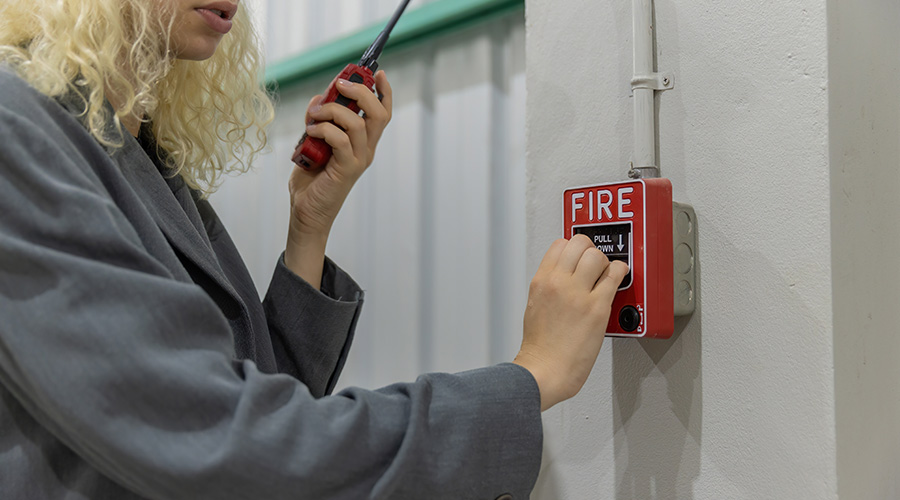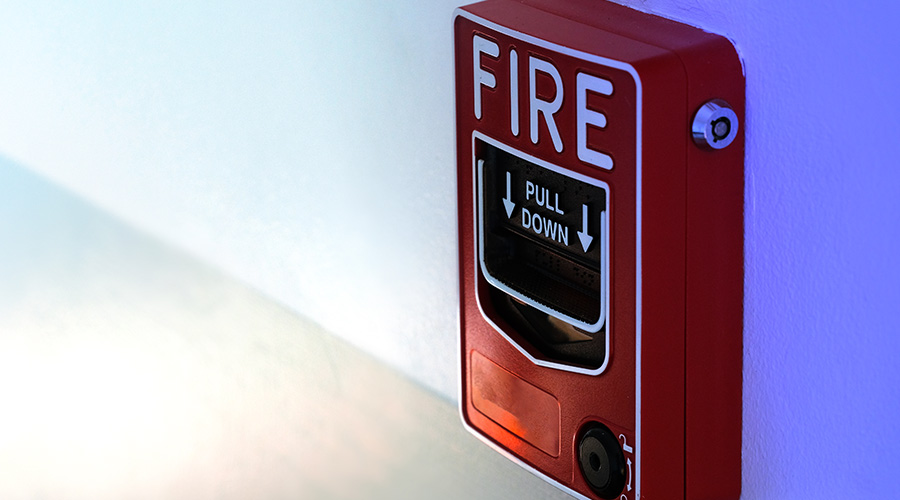Fire Safety Plans Need To Account For People With Disabilities
Ensuring the safety of people with disabilities during a fire must be part of a fire/life safety plan and is often specific to a given building. That could mean, depending on the size and function of a building, having an area of rescue assistance or evacuating disabled individuals using stair descent devices or elevators. While a building's elevators typically cannot be used during a fire, they can be used during a medical or weather emergency, Baldassarra notes.
Taking a "wait-here-and-someone-from-the-fire-department-will-come-get-you" approach was acceptable several years ago but it's not an acceptable response today, Solomon says in an email. The NFPA developed a document in 2008 entitled "Emergency Evacuation Planning Guide for People with Disabilities," which provides evacuation information for people with mobility, visual, hearing, speech and cognitive disabilities. The guide, found at www.nfpa.org/assets/files/pdf/forms/evacuationguide.pdf, includes a checklist that facility managers and people with disabilities can use to design a personalized evacuation plan.
Stair descent devices are one way people with disabilities can be evacuated from a building. These devices are defined by the NFPA as portable devices whose rate of descent can be controlled to transport an individual with disabilities. The devices, Solomon notes in an email, typically only require one or two people to operate.
Facility managers must also be aware of requirements for "Area of Refuge" spaces. Recent changes to the NFPA codes require a two-way communication system to be provided at elevator lobbies and other areas of refuge, allowing an individual who needs assistance with the elevator to be in contact with first responders and the facility management team, Solomon says.
The 2012 edition of the NFPA codes includes a new section on the use of elevators as part of an evacuation package and planning, Solomon says. The new section, which is not exclusive to people with disabilities, is intended to facilitate the evacuation or relocation of occupants on and in the immediate vicinity of the floor that's on fire.
Facility managers need to have a plan in place for people who have less obvious disabilities, such as asthma or heart issues, says Jelenewicz. They also need to consider people who are temporarily disabled, such as those using crutches.
Desiree J. Hanford, a contributing editor for Building Operating Management, is a freelance writer who spent 10 years as a reporter for Dow Jones. She is a former assistant editor of Building Operating Management.
Related Topics:














